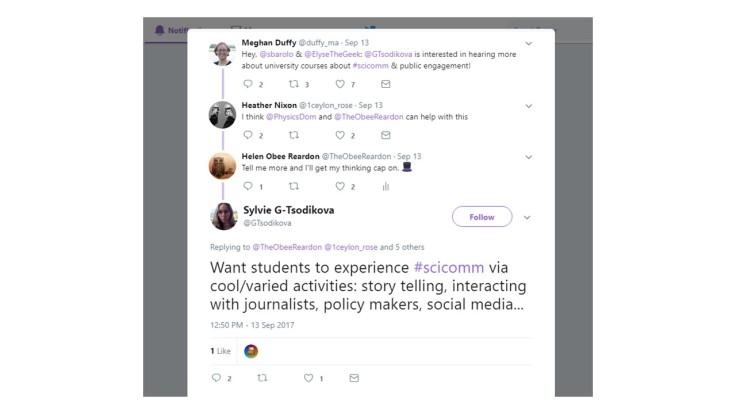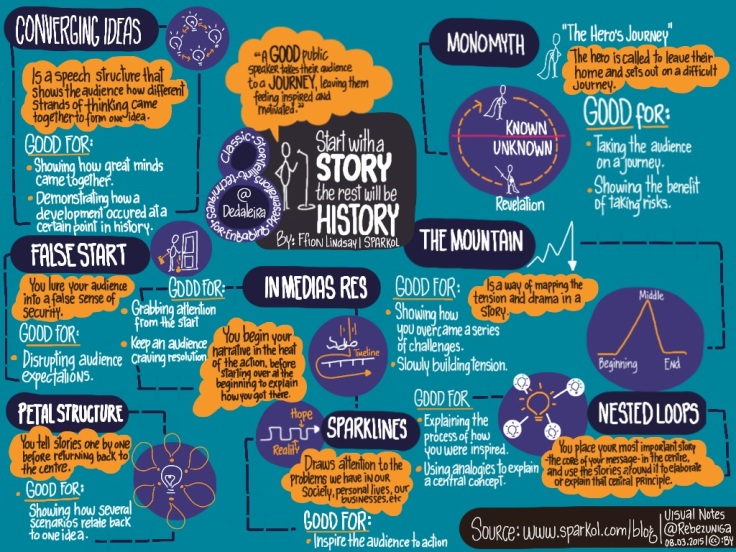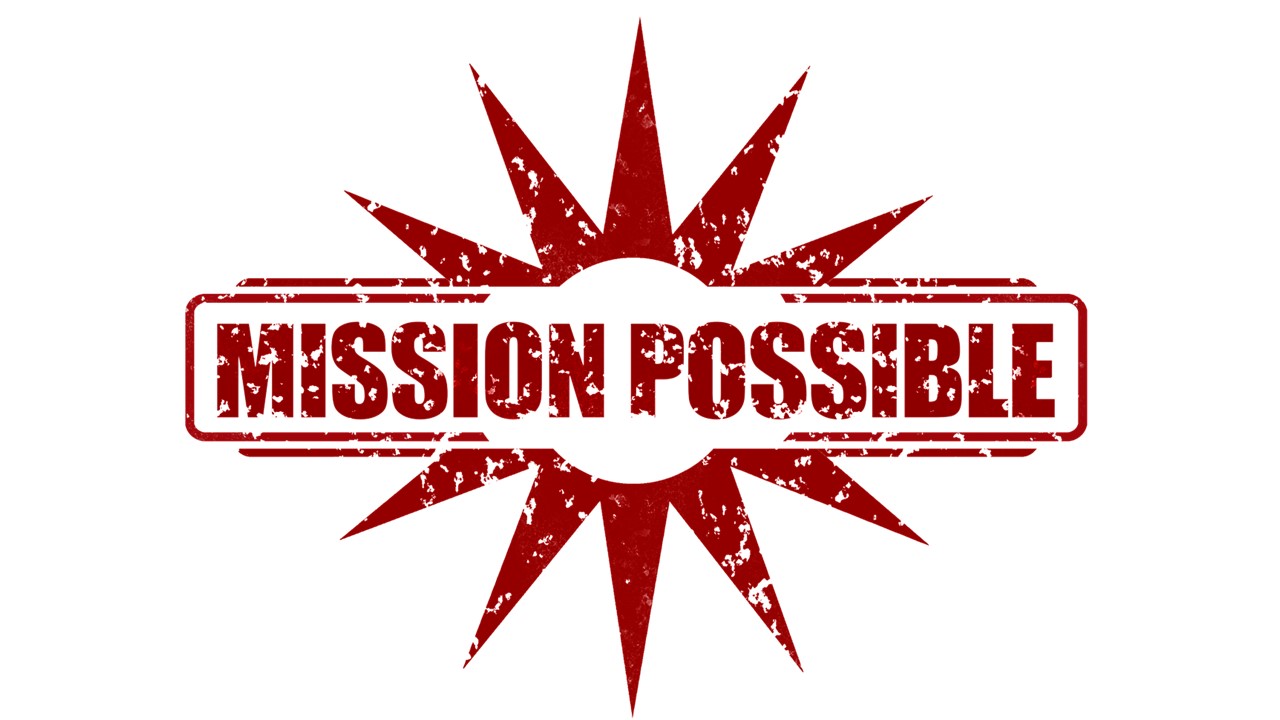The brief arrived via Twitter.

How could I resist? This blog is about generating some ideas not taking into consideration time, money, people, resources and logistics. To make things really interesting the questioner is based in the USA but requested ideas that can be adapted by them to their science communication world. These are the assumptions I’ve made:
- the questioner has a background in science communication and public engagement so I’m not going to dwell on that
- all students will be trained, briefed, supported, debriefed and lessons learned. I’ll write a post about the importance of these in the future.
- the questioner has checked for existing activities. Partnering makes things simpler and easier, avoiding duplication of effort, wasting resources and possible confusion for audiences (“What the heck are you doing here when someone else talked about this last week”).
Story telling
Stories are powerful things and stretch way back in our history as a species. They can crop up all over the place in our everyday lives; we think of them in books, films and on TV but I think a lot of sci comm is about the stories of how something was found or how it works.
Whose or what’s story are you telling? Why do you want to tell it? Why should it be told? In what format? Different approaches will work better with different audiences and similarly different approaches will work better with different students supporting the activities. A co-production model might work well. I’d bringing in an expert in the area to provide support and work with the students and the audiences; they don’t necessarily lead the project but can provide the expert know-how that makes things work smoothly. OK, more likely to work smoothly.

Stories can be told in many forms and don’t need to be confined to a traditional book format, options include:
- comics
- graphic novels (printed or as an exhibition)
- the historical model of the storyteller around the fire
- digital storytelling
- plays
- busking
- podcasts
- blogging (I’ve mused on this before. Twice.)
- vlogging or YouTube videos
- recording or recreating sounds or speech
- loads more I haven’t thought of
Digital story telling, podcasts and blogs can work well when working with a community-based audience to say explore the history of a famous local scientist or the engineering of a local landmark or to rediscover knowledge that is at risk of being lost.
I think a key thing with stories is their legacy: how will they live on after the project has finished? Putting them on the internet is easy these days but there are also local and institutional archives or museums that may welcome an exhibition or a deposit.
Journalists
This can be a tricky one. What do you want to get out of the interaction with journalists? If you want them to put a message across or if you’d like them to work with your students on a piece or campaign you could approach national and local media outlets. Factors to consider include:
- how newsworthy your information is
- that particular media’s news cycle
- the requirements of the editor
- yours and their timeframe(s)
- political stance of the particular media outlet and whether you want your name, students or employer associated with it


It would be worth considering the trends for how your particular audience accesses news, it differs between age groups. Another top tip is to search for things like National What Week; a link with a current campaign makes your content more timely and therefore more newsworthy.
One option could be a hyperlocal news service or website, either partnering with an existing service or setting one up. You could also guest blog on another site.
Policy makers
This depends on what level of policy you’d like to engage with. National governments will have things like their research services and offices, committees, events, and interest groups. Check which representatives are interested in or speak regularly on your topic and approach them directly: make sure you put what you want clearly in the first sentence of an email as it’s likely their staff will be reading and filtering it. As you get further towards local policy makers it’s likely that this level of support and information for them will decrease. However, policy makers at a local level are likely to be more accessible than those at a national level.

I always wanted to do a project looking at a local issue such as traffic around a school with the pupils this has a lot of potential:
- supporting the pupil’s learning by enhancing the curriculum, supporting literacy and numeracy, and teaching citizenship
- possible positive behaviour change from drivers
- potentially raises the profile with policy makers or supports policy makers to make positive change
- opportunity to engage with the media
- social media opportunities
Social media
Pick the platform used by the the audience you want to reach: if they’re not on social media don’t use it. Personally I tend to use Twitter and LinkedIn keeping Facebook for private stuff. Do you need to set up a new account or should your content be published elsewhere (see below)?

Things to think about:
- Have a plan/strategy, this helps with managing accounts, content and timing. It can address concerns and potentially identify issues
- Support from your organisation. They probably have guidance on social media and may have accounts that can support you
- Time and resources. It takes time to craft good content, look after the account and respond effectively. It also needs to be kept up-to-date
- The post has to suit the platform: the content or structure may have to change
- Remember Locard’s Principle: every contact leaves a trace, as relevant to the online world as to forensic science. Check what your saying, who to and what you’re linking with before sending
- Look for “springboards”. Tag funders, partners, venues, relevant organisations and individuals etc., they often retweet/repost. Research hashtags to see if their are bots that retweet
- If you’re not comfortable, don’t do it. Conversely try out different platforms, you can’t delete the internet but consider points 3-5 above. Definitely don’t so it if it’s not right for the project
- What if it goes wrong? See 1 and 2 above. Open and honest communication can help to remedy some situations
To gain experience run the social media for a project or part of a campaign such as Soapbox Science. Use tools to schedule posts for when you’re busy or delivering events.
The end
Thanks for asking for my ideas, I hope there are some new ones for you and that I haven’t been teaching you how to suck eggs. I’m happy to link up via Skype to discuss things further. If any readers have further suggestions please feel free to pop them in the comments below.
I hope to hear about what you deliver and wish you every success.
——
Cover photo: Pixabay.
I’m still learning to blog. If I’ve made a mistake with the image attributions please let me know and I’ll correct it.

Reblogged this on #BrumSciComm and commented:
There is gold in this. Take a lesson from Obee by spending a few minutes reading this, then a few hours contemplating the opportunities and how you should target them better.
LikeLiked by 1 person
It’s hard to find educated people on this topic, but you seem like you know what you’re talking about!
Thanks
LikeLike